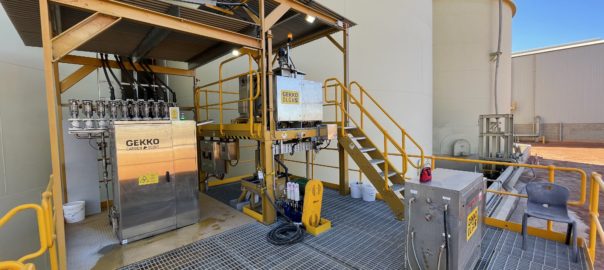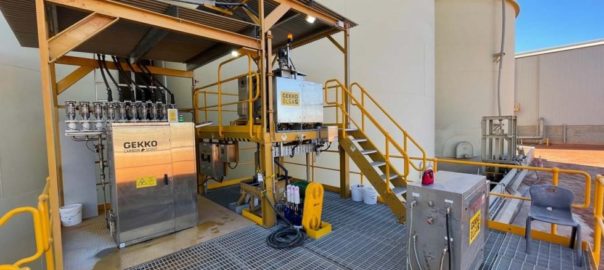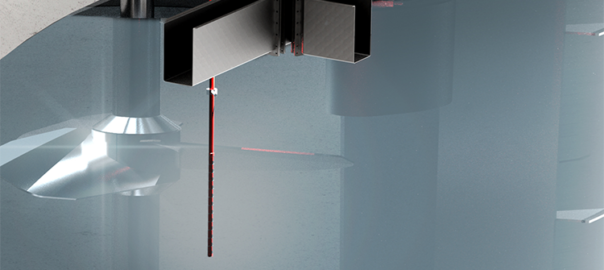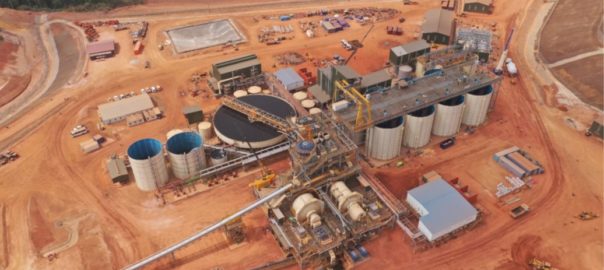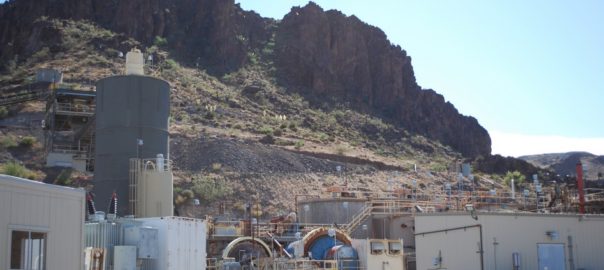Gekko has launched “Mark 3” of its online gold analyser, OLGA, the flagship product for the company’s real-time data instrumentation division, which operates alongside other key products such as the Carbon Scout to assist in measuring the recovery of gold real-time in gold processing plants, Nigel Grigg, General Manager – Global Sales & Solutions, Gekko Systems, says.
“We are really excited about these new design elements which will improve value and returns for our clients as well as improve ease of operation,” he said. “Now gold grades can be measured in real time compared with the traditional assay-based process which can often result in two-day delays. Operating management will be able to respond immediately if there is a gold excursion or if the data provides other insights into plant trends. This is a breakthrough technology which is now even more affordable and will deliver higher yields in processing plants.”
The OLGA has at its heart the world-first proprietary “Golden Eye” lens technology developed and designed in Australia’s government-funded CSIRO research laboratories.
This component measures gold grade in slurries and solutions combined including low grade slurry streams down to as low 0.1 parts per million. Other elements are also measured including copper, silver, platinum and nickel. The multiplexing feature will allow for up to four streams within a processing plant to be assessed for gold grades, according to Gekko.
The OLGA is the only real-time online measurement system purpose built for gold, Gekko claims. The unit is typically installed to measure the cyclone overflow stream in CIL leach circuits, around the electrowinning circuit and on flotation feed, tails and concentrate. With the multiplexing function, the OLGA can switch measurement of grade from stream to stream.
“The technology represents a significant step forward in the potential to automate gold leaching circuits,” Grigg says.
Another key feature of OLGA is the dedicated sample feed line, facilitating continuous sampling of large volumes with no potential for cross-contamination. The system also offers additional sample points for ad-hoc samples, providing flexibility and adaptability to changing operational needs. Furthermore, the ad-hoc samples can be analysed as batch samples, minimising sampling errors and substituting the need for other sampling systems.
The OLGA Mk3 has undergone rigorous testing and refinement to ensure its robustness, reliability and accuracy in various operational conditions, while offering low maintenance requirements, Gekko says.
Gekko says OLGA’s development was supported by collaboration partners who assisted and provided critical feedback to improve an earlier OLGA technology design. That collaboration included the management and technical teams at Gold Fields, CSIRO, Orway IQ, Curtin University, METS Ignited and Gekko Systems.
Core to the assessment was an OLGA installation at Gruyere Gold Mine (a JV between Gold Fields and Gold Road Resources) where the OLGA achieved excellent results indicating a strong correlation between the automated OLGA and manual assay data and giving the Gekko team the confidence to further develop the OLGA, Gekko concluded.







